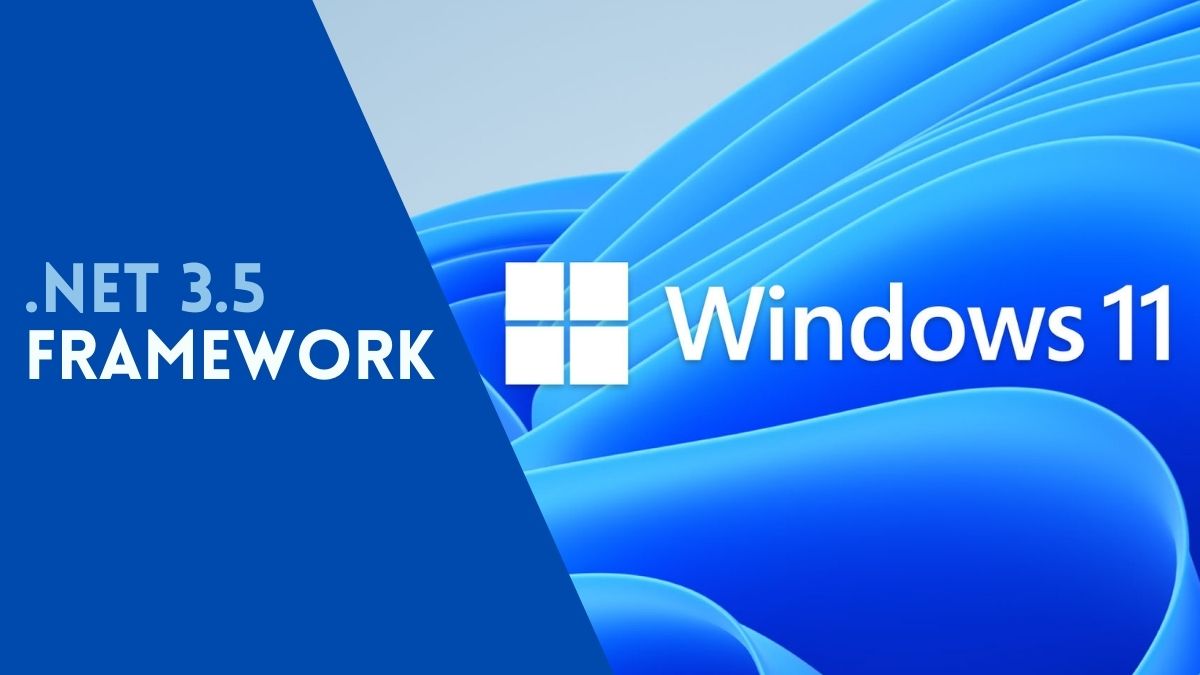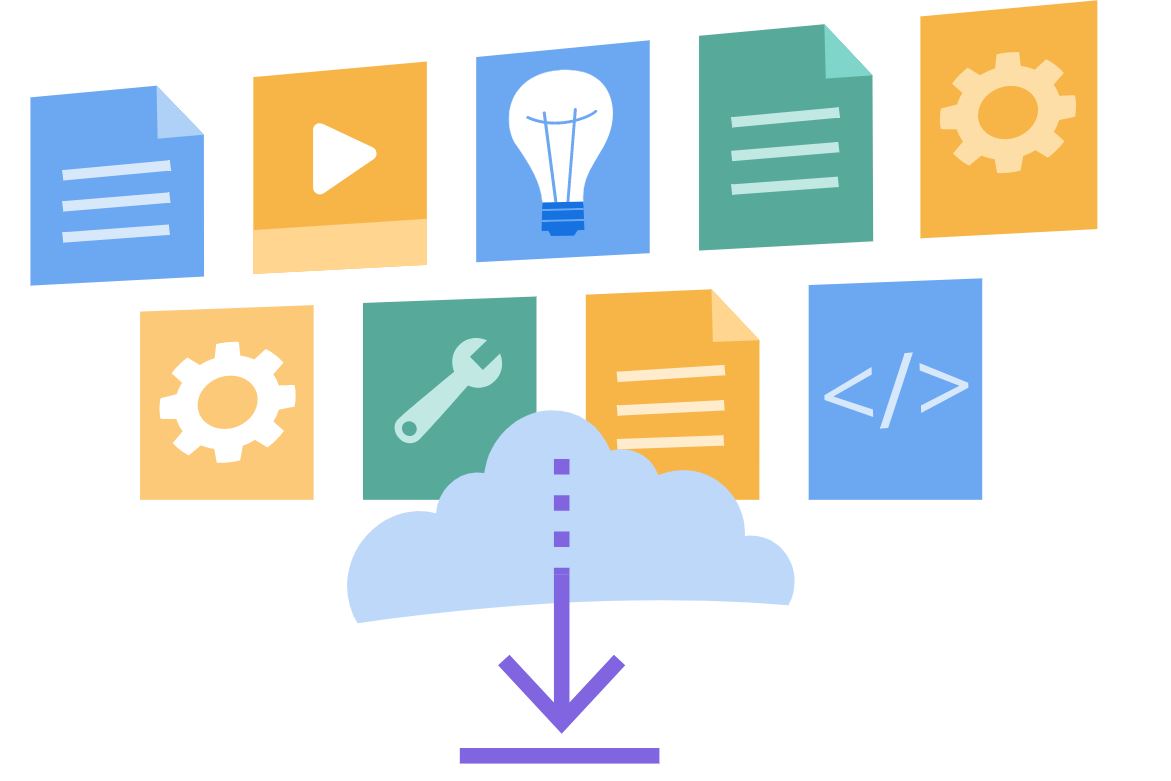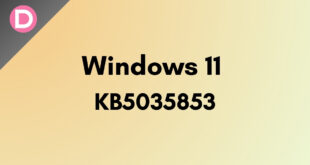Installing the.NET 3.5 frameworks in the most recent version of Windows, namely Windows 11, is required to enable support for apps that run on dot NET. The .NET 3.5 frameworks will not be phased out anytime soon. Some older apps still require it to function, and we’ll continue to use it to support these legacy apps until all apps update their .NET 3.5 requirements. In this post, we’ll mention all the steps on how to install the .NET 3.5 framework in Windows 11.
Windows 11 .NET 3.5 Framework
.NET packages will also be available and ready to install in the new Windows 11. Windows 11 will include many new features and enhancements that will appeal to some while posing difficulties for others. People will have to learn new ways to control Windows because some things and settings have changed so dramatically. Even though Windows 11 includes many new features and functions, it still uses the .NET framework. It will continue to support legacy apps that rely on it.
There are several options for installing and activating .NET with Windows 11. Using the Windows add/remove features is one of the quickest ways to install .NET 3.5 on Ubuntu. Follow the instructions below to begin installing the .NET 3.5 frameworks in Windows 11:
- First, click the Windows button and search for “Turn Windows features on or off. “
- Now click on the first search result you get. Open it now.
- After opening, you will get multiple checkboxes. To begin, select .NET frame 3.5 and check the box next to it (includes .NET 2.0 and 3.0).
- Once you’ve selected it, click OK to begin the installation process.
- Now you will get the option prompted on the front; click on Let Windows Update Download the File for You.
- The essential file should be downloaded and installed in no time, depending on the speed of your internet connection.
- It will now show Windows completed the requested changes. The Microsoft .NET Framework 3.5 should be installed and ready to use. You might wish to restart your computer as well.
Moving on to the second technique of installing the .NET framework on Windows 11, you can simply download and install the package manually using this method. To begin, go to the official Microsoft download page and download the necessary file.
- Go to the site and download the .NET framework 3.5 SP1 Runtime.
- To launch the installer, double-click the dotnetfx35.exe file after downloading it. Continue by selecting “Download and install this feature” when requested.
- After a short period, the file will be successfully installed and ready to use. You should reboot the system after the process is completed.
In the third method, users can install the .NET framework using the command prompt in Windows 11.
- Go to search, and search for the command prompt, and run it as administrator.
- After the cmd gets opened, type the following command and hit enter!
Dism /online /Enable-Feature /FeatureName:"NetFx3"
- After clicking enter, the command will initiate the .NET 3.5 installation. You will see the following message on the command prompt now-
Deployment Image Servicing and Management tool Version: 10.0.22000.1 Image Version: 10.0.22000.71 Enabling feature(s) [==========================100.0%==========================] The operation completed successfully.
Moving to the fourth method, the user has to install the DOT NET framework using Windows PowerShell. Also, this is the last method mentioned in the post to install the .NET framework on Windows 11.
- First of all, open Windows PowerShell and run it as administrator.
- When the PowerShell opens, type the following command and run it.
Enable-WindowsOptionalFeature -Online -FeatureName "NetFx3"
- This will successfully install the .NET framework on Windows 11.
So that was it for the post. We hope you have successfully installed the Windows .NET framework. Suppose you have faced any errors while installing the framework. Please let us know in the comment section below.




